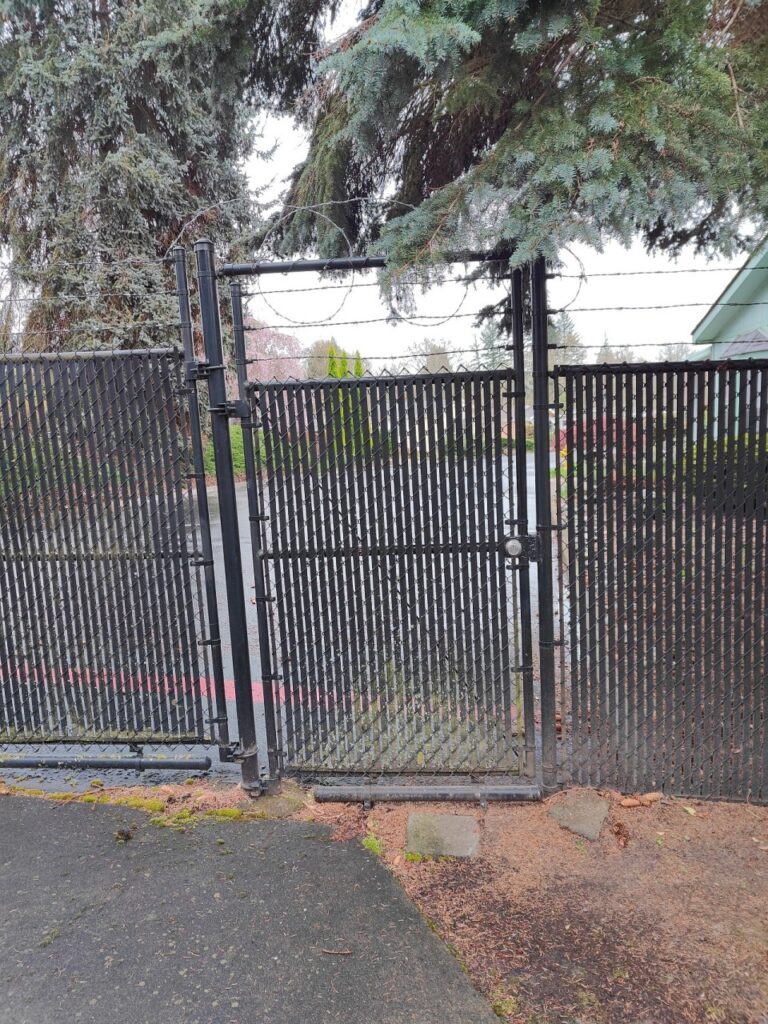Here in Pacific Northwest we often hear about how our state or local government cares about bikers and biking is “a fully supported mode of transportation.” Of course in most cases this is no more than bunch of politicians pandering to perceived public opinion on the matter, but what I want to talk about are the types of projects that our city planner folks think are needed.
What is the first thing that comes to mind when we talk about local biking projects? Well, for me it’s bike lanes along the roads. Yes, these bike lanes… LMB’s opinion is that you should avoid them if you have any other choice for biking surface, and if your route goes unavoidably along any high speed road with the bike lane, then you should consider not biking at all. It’s just that dangerous. Why these kind of projects are so popular? Well, we can only theorize that they are easy to implement and green-wash for future election. After all, the road maintenance still needs to happen for motorized traffic and “improvement” often boils down to painting bike lane on what previously used to be a road shoulder. Of course this is not always the case, sometimes we see genuine improvements, with either dedicated lanes or cycle tracks, but those improvements are expensive and local governments are not in a rush to green-light them. These are what we would call brute-force improvements. Yes, they help, but often we could do things smarter with bigger bang for the buck.
We have already talked about some smart biking infrastructure: Greenway. Why is this infrastructure smart? Although some portion of greenways requires road improvement, a lot of work is simply bifurcating car and biking traffic along parallel routes, so that all or vast majority of car traffic doesn’t impede bike traffic and vice versa. In most cases this is achieved by blocking one of the intersections to cars using median barriers, but allowing bikes to pass so that cars can travel up to the barrier and past the barrier, but not through the barrier. Most motorists elect not to bother and pick parallel unimpeded route which is the goal.

Another example of simple improvement requires no more than the turn of the key in the lock. I’m not exaggerating. On our route to the daycare, there is a perfect back road that can take us there on low traffic residential streets, except it’s blocked off in one single spot and looks like this:

On one side of this gate is a public road, on the other is a private road belonging to a private community. We assume that they have a full legal right to keep that gate closed, but does it make sense? Is it only closed because nobody asked them to open it? Or maybe they are just trying to prevent car traffic from coming through and didn’t think about bikers and pedestrians? Or maybe this is a remnant of old days when there’s was nothing on the other side of the gate?
What we would like to see is our local government or somebody else on their behalf explore these questions and the solutions that might be had, because examples of such inefficiencies are all around us.
Leave a Reply